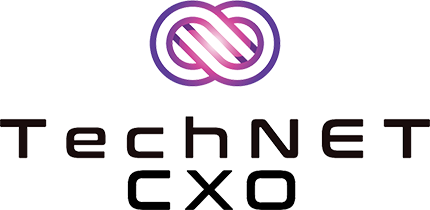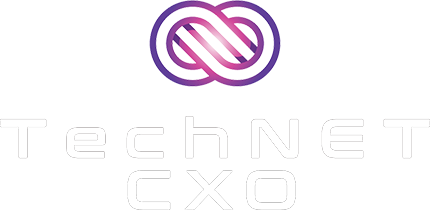
Medtech: trailing behind in gender parity
According to an analysis of Medical Design and Outsourcing, just 20% of executives at the 100 largest medical device companies in the world are women.
Slightly up from 2019, medtech in general is still behind in acceptable gender parity. The commitment to change in I&D (Inclusion and Diversity) is somewhat hesitant, but the opportunity for I&D is vast.
On average, only 19% of the 1037 leadership roles in medtech companies are held by women. Although this figure is up by 4% from the previous year, there is still a significant number of companies who list no women in executive leadership roles.
At entry-level and in low managerial positions, the number of female employees is encouraging. However, the further up the corporate ladder one goes, the fewer female executives there are.
Four significant companies, nevertheless, have a female CEO: Silk Road Medical, Paul Hartmann, GN Hearing, Insulet. Of those four, Silk Road has the highest percentage of women in leadership roles at 50%, GN Hearing at 33%, Insulet at 30% and Paul Hartmann at 25%. Silk Road Medical is also the company with the highest percentage of women in C-suite roles, with 7 of 14 of its executive roles held by women.
Unfortunately, there is a long list of medtech companies with no women in leadership positions. In the top 10 revenue generators within this sector, there is only an average of 24% of women in C-suite roles. The most disappointing illustration of this is the company, Siemens Healthineers which employs 52,000 people but has no women in executive roles.
It can only be hoped that the pace of change quickens within the medtech sector.





